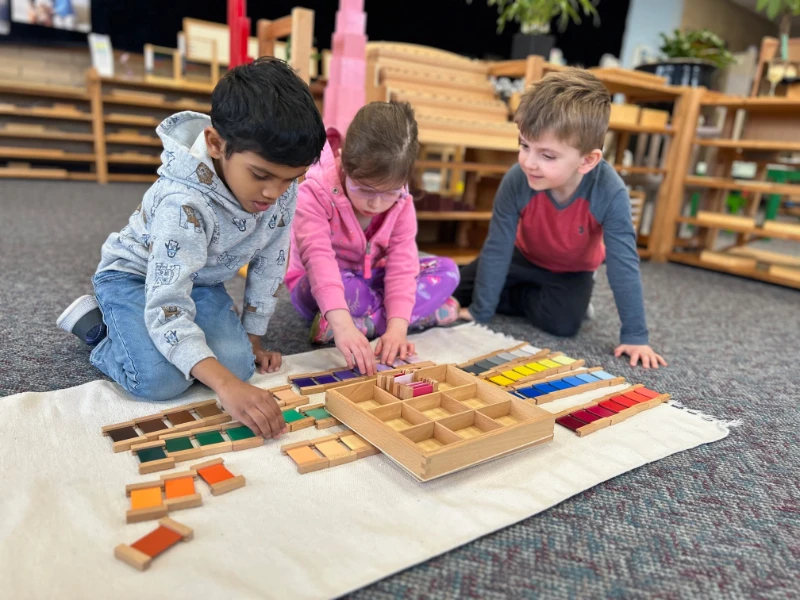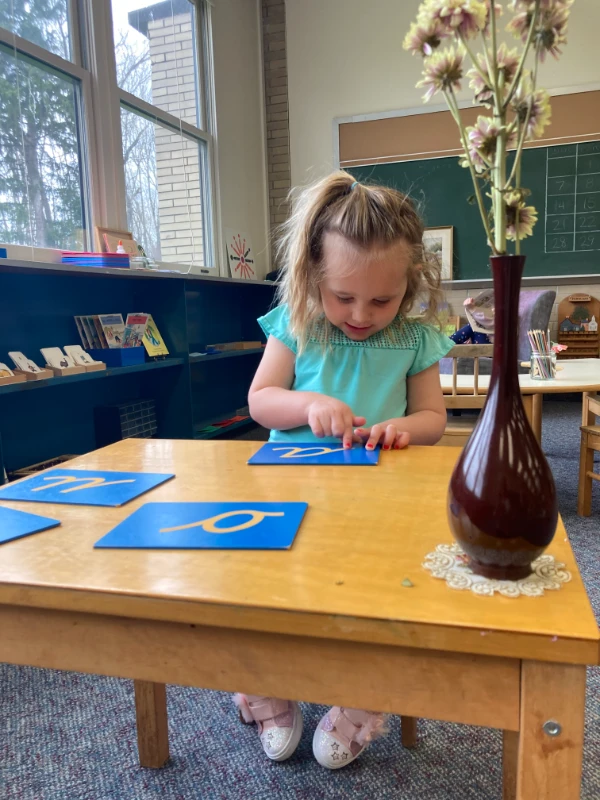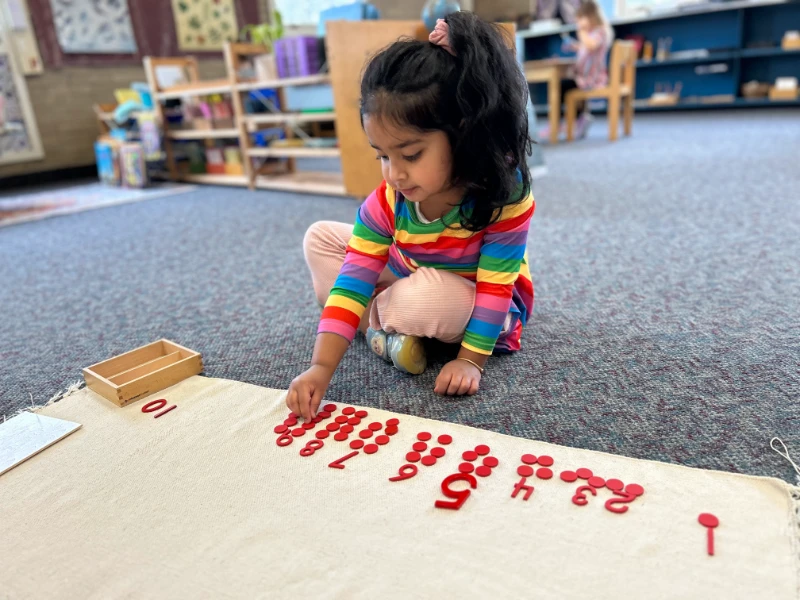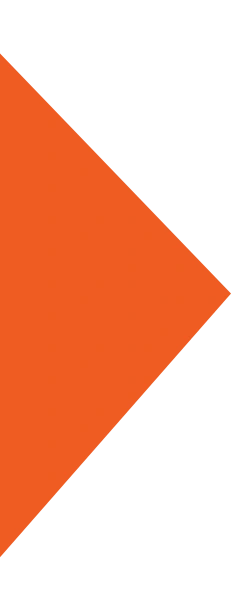Curriculum
Dr. Maria Montessori
Maria Montessori became the first woman medical doctor in San Lorenzo, Italy at the turn of the century. She began by working with children with disabilities. When these children began learning various skills, she applied her approach to disadvantaged children in a ghetto in San Lorenzo, (our namesake) in Rome. Her results were so dramatic that her "philosophy" spread rapidly all over the world.
In 1907, Dr. Maria Montessori opened the Casa dei Bambini, or Children's House. Dr. Montessori's philosophies were soon published in multiple books. Her work covers in detail, two "planes of development:" the first plane is grouped into ages 0 to 3 and 3 to 6; the second plane is grouped into ages 6 to 9 and 9 to 12. Dr. Montessori outlined the work of the third plane (12 to 18). She also wrote briefly about the fourth plane, ages 18 to 24, in The Function of the University. Dr. Montessori uses universal and fundamental principles to assist in the development of the children and her philosophy can be adapted to any group of children in any culture. Montessori is a continuing and developing system of education with a background of shared experience for over 100 years on all continents of the world through the organization she founded in 1929, the Association Montessori Internationale (AMI). Much of what is considered "new" and "experimental" in education today has long been a part of the Montessori Philosophy. In the United States, Montessori caught on quickly by prominent advocates and overwhelming media attention.
Prescribed Spiral Curriculum
Montessori materials lead the child gradually from concrete concepts to abstract understanding. The curriculum spirals on itself, picking up on direct and indirect preparations for each new step, widening and deepening the child's knowledge as it continues. The curriculum becomes increasingly integrated, so that what most adults call "subjects" are rather facets of a larger design.
San Lorenzo Montessori believes that children learn in different ways and at their own individual pace. All areas of the classroom are interwoven, not taught in isolation and each child can work on any material they are ready for at any time.

Practical Life
Practical Life activities are basic, vital, and continuous though they grow more complex through the stages of a child's life. They appeal to sensitive periods for order and for the control and perfection of movement. In the primary class much of the practical life has to do with adapting to one's own culture.
Children learn to snap, button, tie bows, shine shoes, scrub tables, dust, polish and sweep, sew and cook. They also learn forms of good manners in our culture, such as shaking hands, closing doors quietly and not interrupting. These activities are designed in a sequence of steps, through which the child comes to realize order and logic in activity.
Sensorial
Sensorial materials appear only in the primary class. The children are passing through sensitive periods related to perception of their five senses. Children begin to use texture, color, weight, smell, sight, taste, and temperature to take in new information. The materials are not intended to give new impressions, but to name, order, classify, refine, explore and bring to a conscious awareness the sense impressions the child already has.
The sensorial materials serve as keys to other areas of learning. The sound exercises lead into music and composition. Texture is used giving shapes of alphabet letters. Discrimination of forms extends into geometry, botany, geography, and so on.


Language
Language is carefully interwoven throughout the Montessori program. Our curriculum introduces language through enrichment of vocabulary using classified cards and sensorial materials. The aim is to increase children's knowledge, organizations of thought, and confidence in the ability to use and express their minds.
With sandpaper letters, children sensorially learn the cursive form and phonetic sounds of the alphabet. They make words with a special cursive moveable alphabet and "write words" before they realize that the words can also be read. After this discovery, materials and various games lead the children through cursive to print, and from phonetic reading to "total reading".
Mathematics
The objective of Mathematics in the curriculum during the early years is to lay the foundation for critical thinking and cognitive development. Dr. Maria Montessori believed that all humans were born with a "mathematical mind". The materials are designed to introduce students to the study of algebra, geometry, logic, and statistics in addition to the fundamentals of arithmetic.
Numbers are introduced using concrete materials allowing the children to see large and small quantities. Mathematical operations are explored through units, tens, hundreds and thousands. The goal is an understanding of the operations, rather than rote memorization of facts.


Science & The Arts
History, geography, botany, zoology, physical sciences, music and other general subjects are first presented to the children through stories. In botany, for example, the children analyze a real plant into basic parts: corolla, calyx, stem, leaf, roots. Science exploration is designed to cultivate a child's fascination with their surroundings and by introducing the elements of science at an early age children will develop a lifelong interest in nature and the environment.
Geography, history, and the arts play an integral role in the Montessori curriculum. The Prepared Environments are aesthetically pleasing and enriched with fine art, crafts and music. The children's own creative energy is used everywhere in the program as they discover and explore their interests.
Physical Education
Classroom materials encourage and help the development of movement. In the primary class, children are interested in refining the skills they acquired during their first years, and encourage work on developing precision and control of movement. Children spend time outdoors each day, weather permitting.

Assessments
There are no grades, or other forms of reward or punishment, subtle or overt. Assessment is by the teacher's observation and record keeping. The test of whether or not the system is working lies in the accomplishment and behavior of the children, their happiness, maturity, kindness, level of work and love of learning.

The First Step Toward a
Lifetime of Learning
The best way to understand the Montessori difference is to experience it in person. We welcome you to visit San Lorenzo Montessori & Childcare in East Rochester, NY, meet our dedicated educators, and see our classrooms alive with curiosity and learning. Whether you’re just beginning your school search or ready to take the next step, we’re here to answer your questions and help you discover if our community is the right fit for your child.

